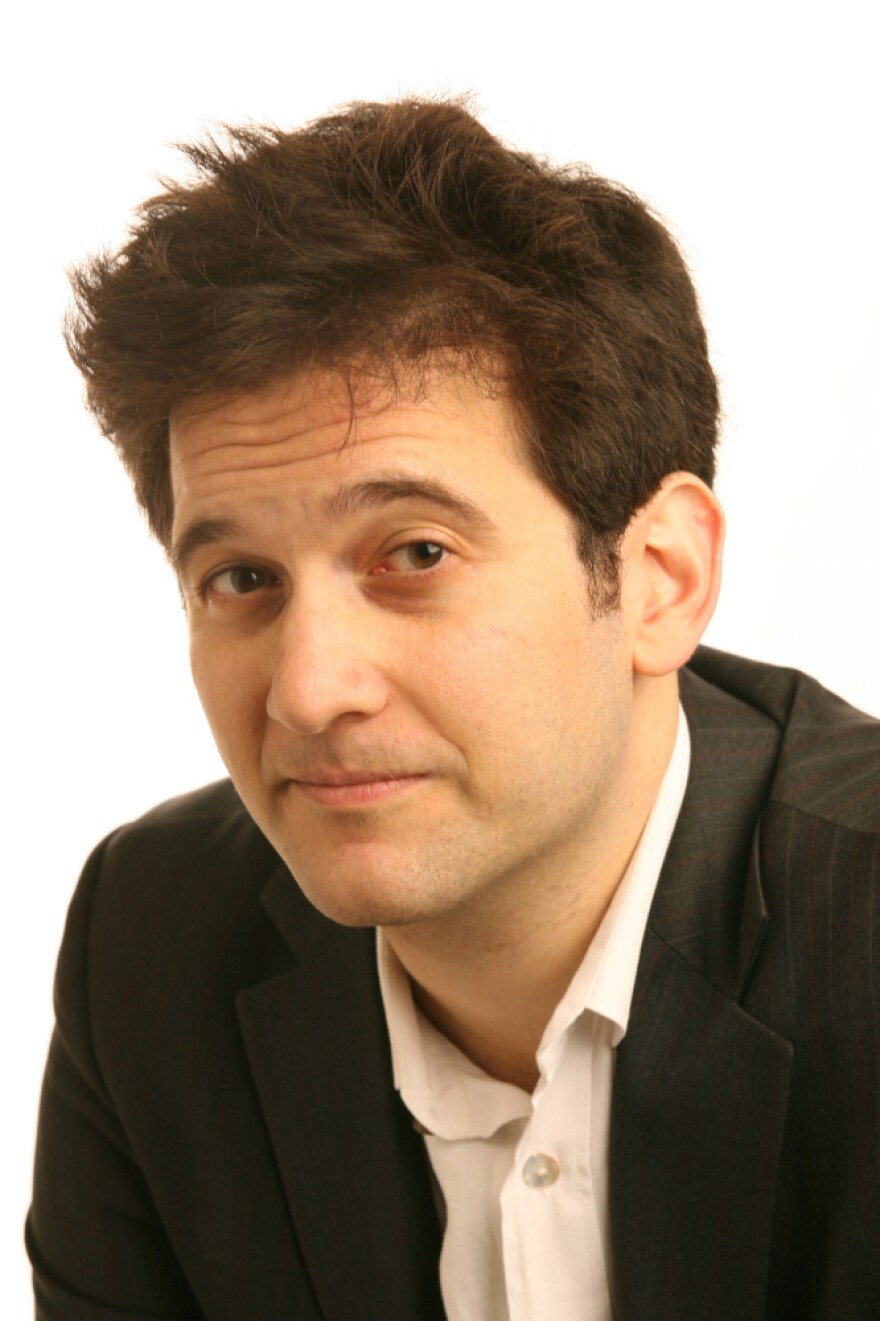The 1968 horror movie Targets starred Tim O'Kelly as a Vietnam vet who killed his wife and mother before he went on a massive shooting rampage across Los Angeles. Roger Corman, the great B-movie director, produced the film under one condition: Writer and director Peter Bogdanovich had to cast Boris Karloff as a supporting cast member in the movie.
"This was a real problem for Bogdanovich," theater critic Jason Zinoman tells Fresh Air's Terry Gross, "because he didn't think Karloff was relevant anymore."
But Bogdanovich came up with a solution, one that appeased Corman while also satisfying his own vision for the film: "He broke up the movie into two halves," says Zinoman. "[In] one, Karloff plays an aging horror star who [is] no longer very relevant and who delivers this speech which says 'No one's afraid of a painted monster.' And in the second, [Bogdanovich] articulates what he thinks is truly scary, which I think anticipates a new school of horror."
That new school of horror, says Zinoman, was based on real life: realistic, mundane events that could leave the audience wondering where evil could lurk (everywhere) and who could be evil (everyone). Serial killers replaced monsters — and uneasy sensations in a movie theater replaced the shock value of seeing werewolves jumping out on-screen.
In Shock Value: How a Few Eccentric Outsiders Gave Us Nightmares, Conquered Hollywood and Invented Modern Horror, Zinoman recounts how directors like Bogdanovich, Wes Craven, George Romero, Roman Polanski and Brian De Palma started to redefine the horror genre in the aftermath of the Vietnam War — and influenced the genre for the next several decades.
"From 1968 to 1970 ... the essential monsters are no longer werewolves and the supernatural, [but instead] serial killers and zombies," he says. "And there's a certain kind of moral ambiguity — and generally, a sense of confusion and disorientation that marks most of these films."
'Night Of The Living Dead'
One of the greatest horror films to come out of that era, says Zinoman, is the 1968 George Romero classic Night of the Living Dead, which featured the now-classic combination of zombies, people trapped in an abandoned farmhouse and lots of blood and guts.
"It's a key figure in the history of gore," says Zinoman. "It wasn't the first movie to have a lot of gore but it was used effectively and became part of the art palette of horror movies."
Romero made the film on a very low budget, inspiring other filmmakers to create their own ghoulish works.
"What it showed was you didn't need that much money, you didn't need to be in L.A. and you could do this in your hometown with a few friends and you could have a huge impact," says Zinoman. "When I talked to all of these directors — John Carpenter, Wes Craven, Tobe Hooper — everyone has a story about when they saw Night of the Living Dead."
Interview Highlights

On the influence of Rosemary's Baby
"[It] adopts the strategy that became very common in the horror movie which is to set up a very normal, realistic, mundane landscape and then introduce the supernatural to get the audience to suspend its disbelief for a little bit. And what Polanski wanted to do, was to really ... keep the audience guessing on whether or not Rosemary was crazy and imagining that she was about to have the devil's child or this was really happening. And he did it by emphasizing how subjective the movie's point of view was. And that's the real suspense of the movie."
On never seeing Rosemary's baby in the film
"In Polanski's mind, this is a movie that really wanted to be more about suggestion. It wanted to be in the mind of Rosemary."
On Halloween's influence
"[It] really popularized the conventions of the slasher movie. It wasn't the first movie to show a serial killer in a mask and it wasn't the first movie to show an unmotivated killer ... but it was the movie that popularized all of these conventions and it has been written, imitated and copied arguably more than any other movie in horror."
Copyright 2023 Fresh Air. To see more, visit Fresh Air.




